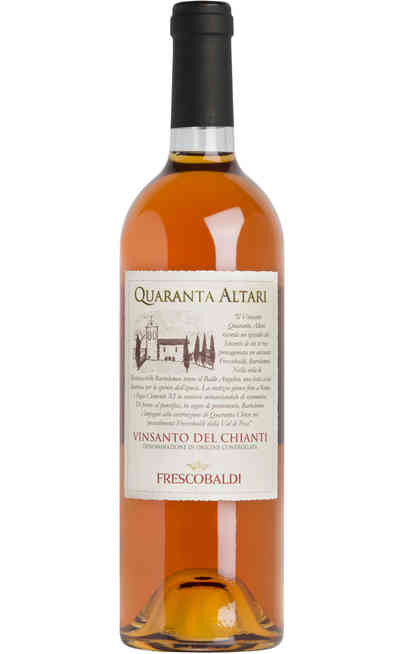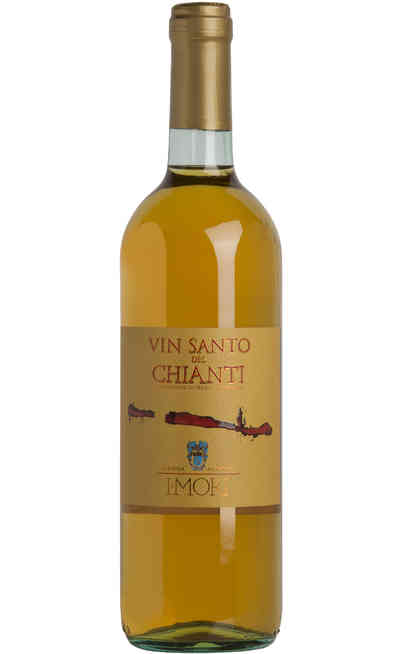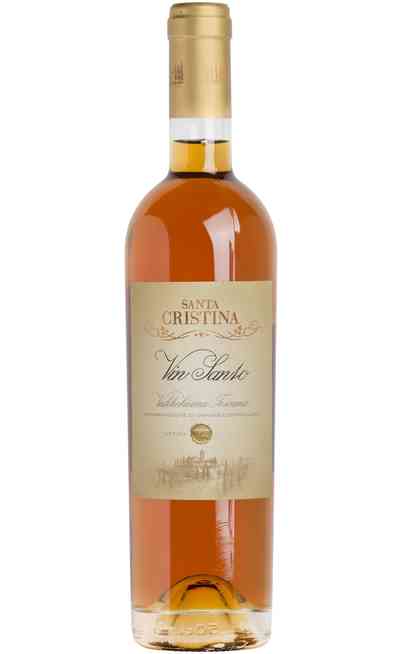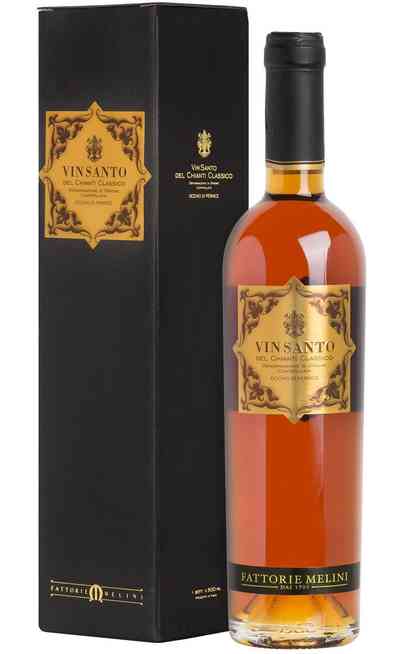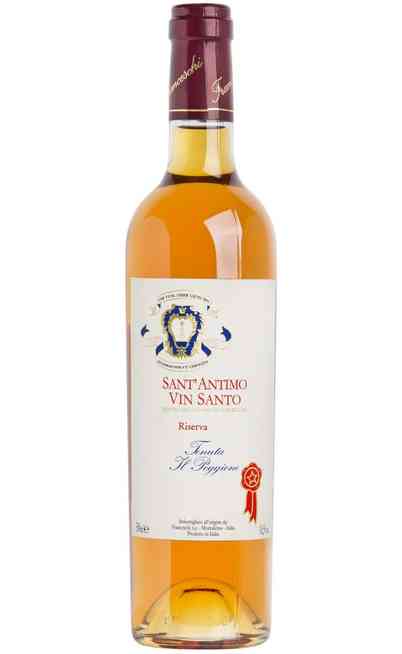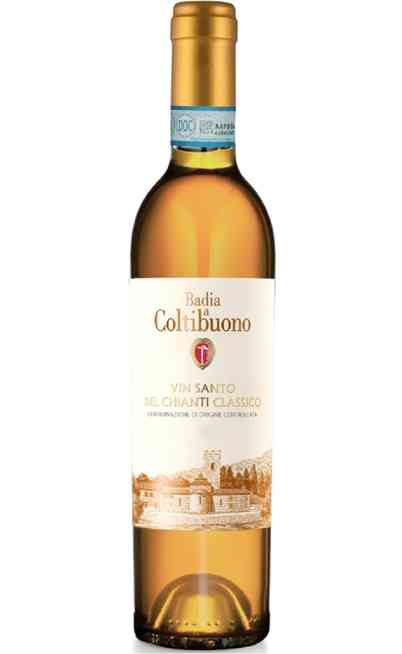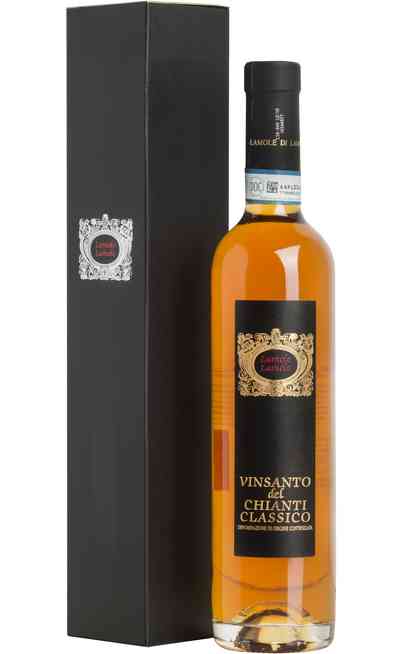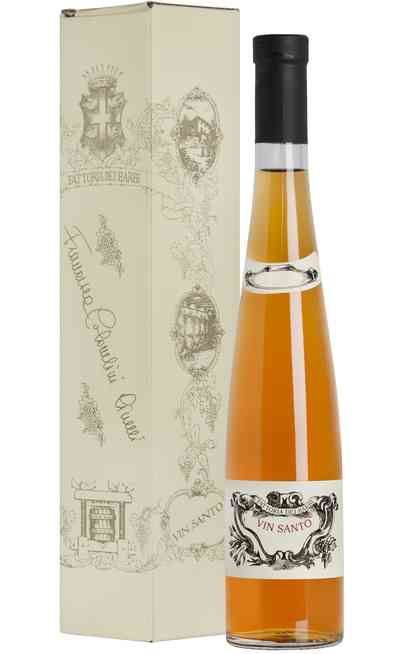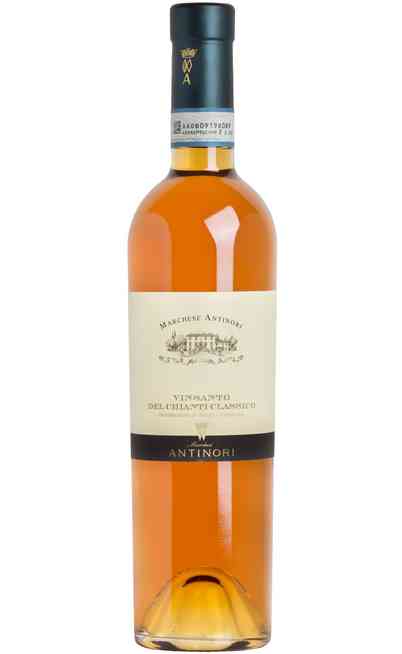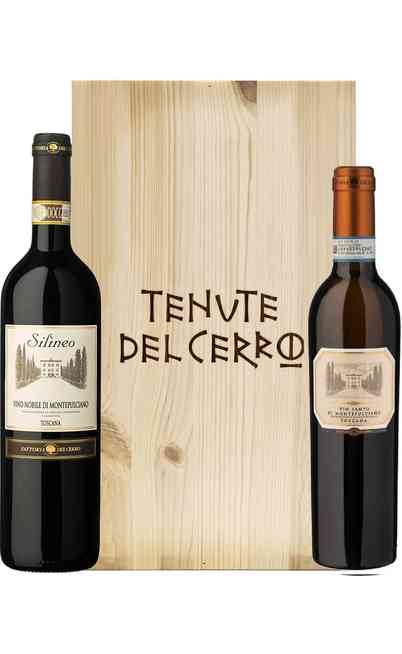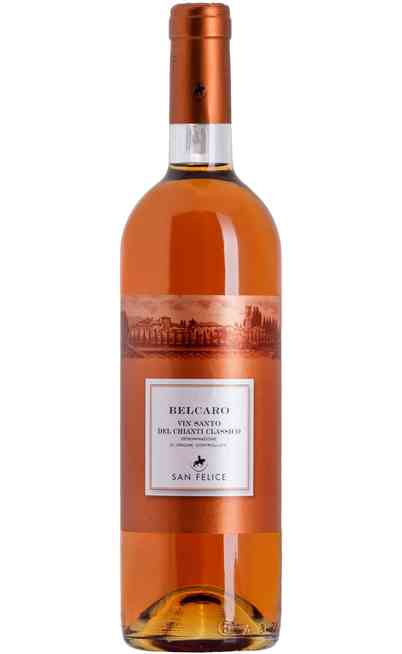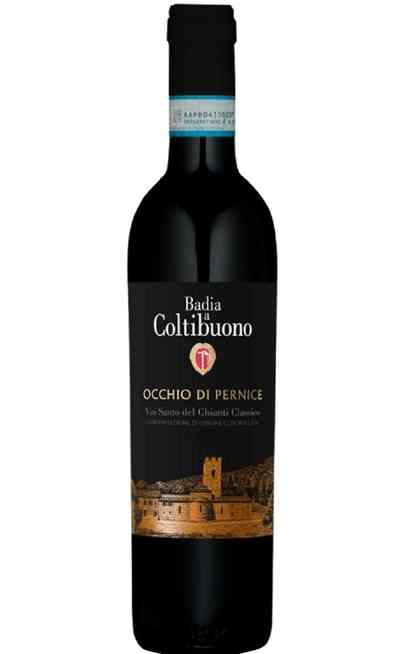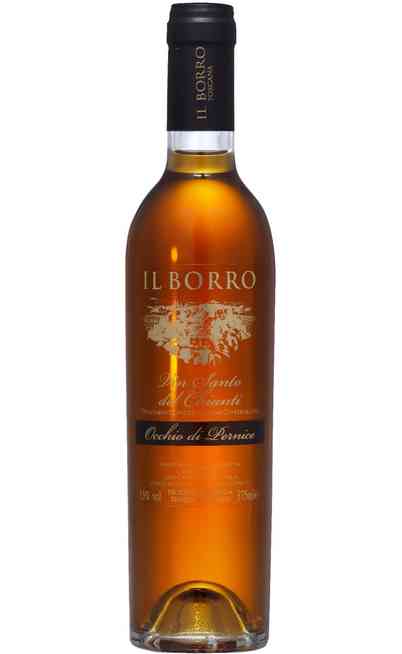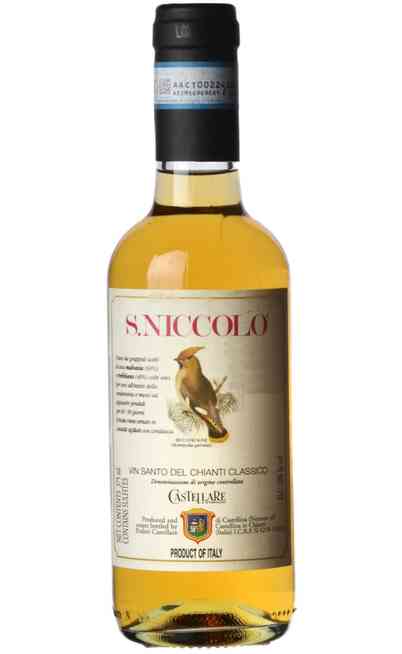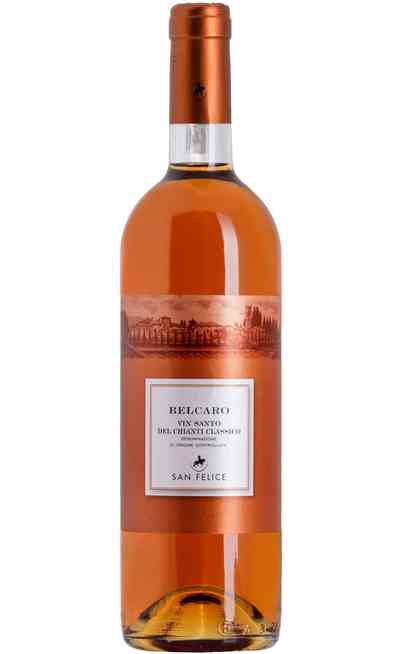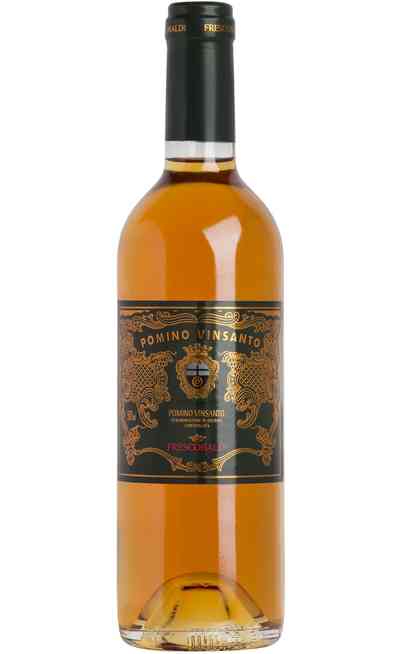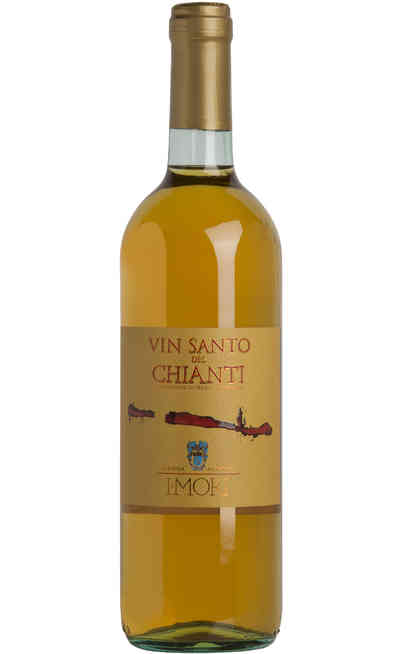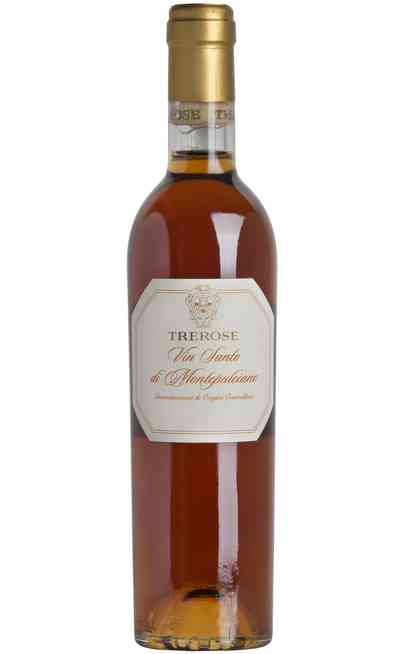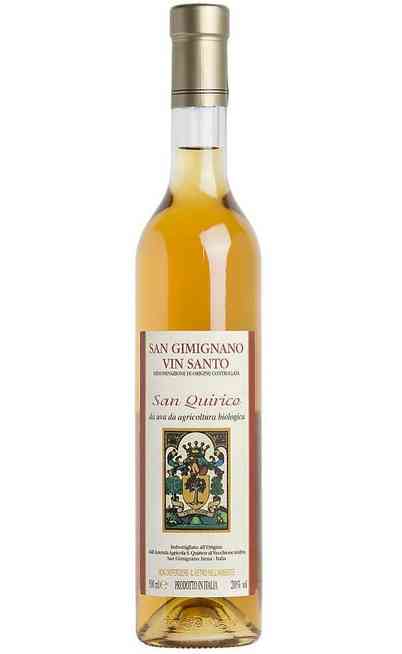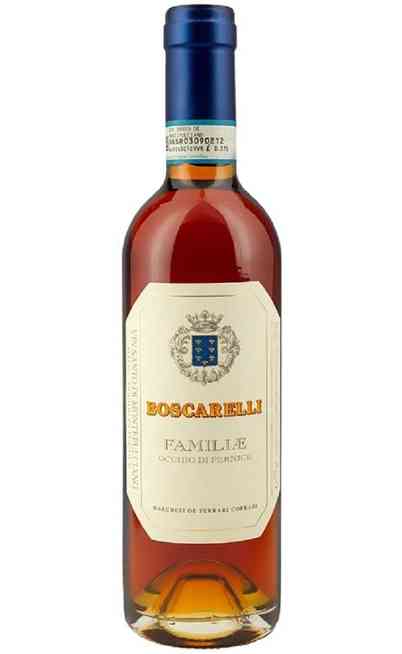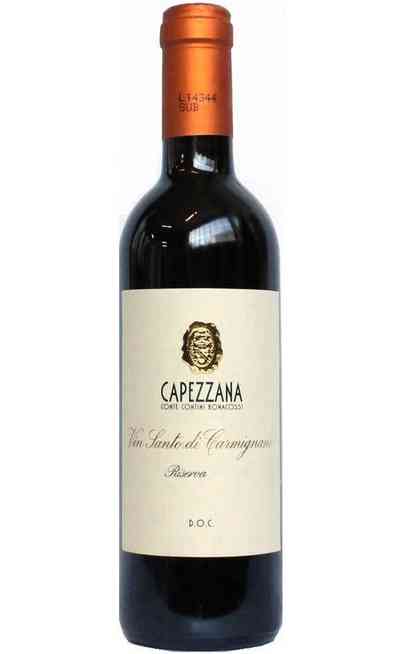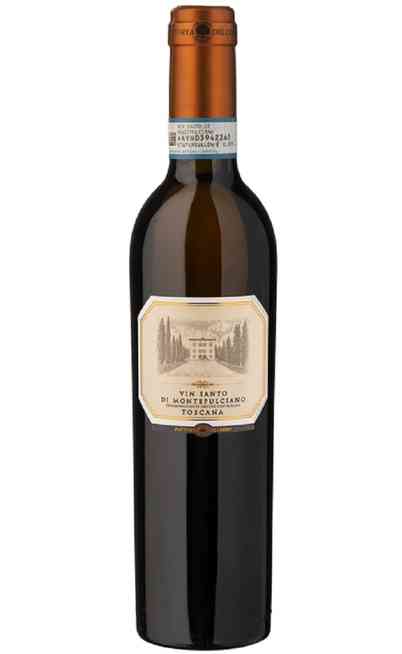
General description of wine and territory Vin Santo
The Vin Santo, Toscano par excellence, famous all over the world is a fortified wine produced in Tuscany within a large production area that precisely, falls in the provinces of Arezzo, Florence, Pisa, Pistoia, Prato and Siena. Encompassing almost the entire regional territory.
Like Chianti wine, the production area is divided into several geographical sub-areas: Colli Aretini, Colli Fiorentini, Colli Senesi, Rufina, Montalbano, Montespertoli and Colline Pisane. The DOC certifying the Denomination of Controlled Origin was established in 1997 with a specific decree.
The production of Vin Santo is a real historical and cultural heritage of the Chianti area. It is a process that at its basis provides for the crushing of bunches subjected to prior drying. When the grapes reach the optimal degree of ripeness, it is harvested and only the best bunches are selected for the production of Vin Santo. The bunches, placed in suitable rooms, undergo a drying process during which the moisture content tends to decrease strongly. At the same time, the percentage of sugar increases considerably. Once the drying process took place naturally, on rods or mats, but also by hanging the bunches on hooks. Hooked on supports called penzane, the latter are nothing more than mobile iron frames consisting of a network of horizontal bars that, properly treated with anti-rust products, are fixed to the ceiling. With the use of penzane, in particular, the danger that the grapes may develop moulds or rottenness is greatly reduced. Today’s methods involve the use of the supports described above, but with the possible support of plants that produce ventilated air and that allow to reach a partial dehydration of the grapes.
The grapes with which Vin Santo del Chianti wine is produced
Vin Santo del Chianti is produced with grapes from Trebbiano Toscano vines and Malvasia, vinified alone 100% pure or jointly. The minimum percentage of concentration of each type of grape is 70%. For example 70% Malvasia and 30% Trebbiano Toscano or vice versa. To the production of this wine can also compete grapes of other white and red grapes, for a quantity not exceeding 30%, as long as recommended and authorized for the provinces of Florence, Siena, Pistoia, Arezzo, Pisa and Prato; names indicated in detail within the specific production specification.
Trebbiano Toscano has the color of the berry of a characteristic white. The vine has varietal characteristics that highlight a large or medium leaf & ndash; large in size, pentagonal in shape and with opaque pastel green color. The cluster è & nbsp; medium, has the cylindrical shape that tends to the conical with the wing present in the upper part, often the wings are two and the pyramidal shape is further accentuated. The general consistency is compact and the technical definition is that of semispargolo. The berry is medium-sized and ovoid, tending to a pronounced crushing at the poles. The skin is pruinose, yellow with green reflections and medium resistant. The characteristic of the Trebbiano Toscano vine is to have great vigor and late ripening period. Its productivity is abundant and regular even with the passing of years. The cultivation and breeding of the Tuscan Trebbiano grape variety sees a marked predilection for soils that are not very fertile and not very warm, not dry.
The varietal characteristics of Malvasia Bianca, which also has is presented with grapes. The leaf is large, with pentagonal shape and sometimes trilobed. The bunch is medium in size and has a very long cylindrical shape, it is called spargolo and has a medium low consistency. The berry is small, rounded, which tends to spheroidal with maturation. The skin is of medium consistency and yellow green color. The production characteristics indicate that the white Malvasia grape variety has an average ripening period and the harvest takes place in the second half of September.
Analysis of Vin Santo del Chianti
The visual examination of Vin Santo del Chianti DOC indicates a color ranging from straw yellow to golden, to intense amber, depending on the grapes used and the degree of aging that can also take place in wooden barrels.
On the nose it is expressed with an intense, characteristic and ethereal aroma, which sometimes recalls wildflower honey, nuts and raisins.
The taste is very particular. It has a sweet, velvety and harmonious taste. Depending on the degree of sweetness, also the taste, is dry or more distinctly round, sweet and bite. In some cases the wine may have an aftertaste of caramel, almond, ripe apple or sweet spices such as vanilla. This happens in the versions aged in cask.
Food pairings Vin Santo del Chianti
Vin Santo, which is distinctly sweet, is excellent with pastries and, above all, traditional Tuscan cantucci. These dry cookies, prepared with whole almonds, are literally soaked in Vin Santo, and their union is a perfect way to close a dinner or, simply, to enjoy a moment of relaxation. Following in the footsteps of tradition, with Vin Santo are indicated typical Tuscan desserts such as ricciarelli (Sienese biscuits with almonds), buccellato (a kind of donut with raisins and anise) or the traditional castagnaccio.
Vin Santo is also an excellent meditation wine that, consumed alone, gives moments of great pleasure. It should be sipped in small quantities, and in large and wide glasses that allow its exceptional scents to be released. It should be eaten fresh, about 16° C, Vin Santo is also an excellent aperitif. It is also appreciated with tasty foods such as, for example, cheeses and, in particular, sweet gorgonzola.


